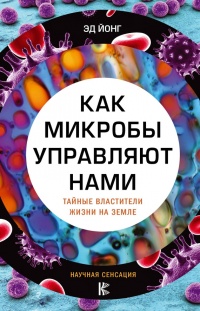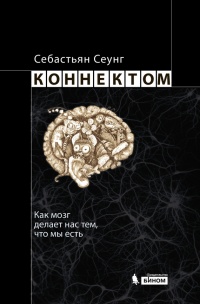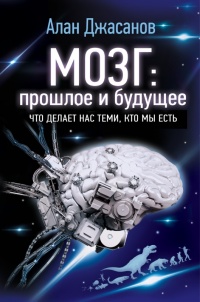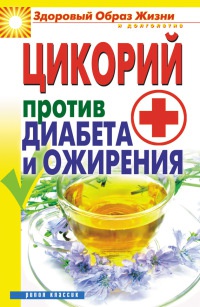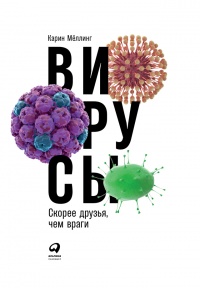Книга Я - суперорганизм! Человек и его микробиом - Джон Терни
Читать книгу Я - суперорганизм! Человек и его микробиом - Джон Терни полностью.
Шрифт:
-
+
Интервал:
-
+
Закладка:
Сделать
Перейти на страницу:
Перейти на страницу:
Книги схожие с книгой «Я - суперорганизм! Человек и его микробиом - Джон Терни» от автора - Джон Терни:
Комментарии и отзывы (0) к книге "Я - суперорганизм! Человек и его микробиом - Джон Терни"








